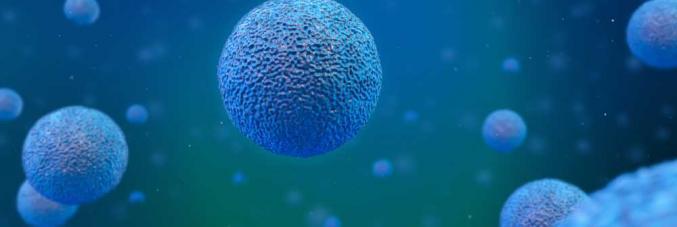
Research team uncover behaviours of the Mitofusin 2 protein
28.06.2023
A team of international researchers from VIMM, the University of Padua, and IRB of Barcelona uncover behaviours of the Mitofusin 2 protein with published results in the prestigious journal Science entitled Splice variants of Mitofusin 2 shape the endoplasmic reticulum and tether it to mitochondria, the study reveals that the Mitofusin 2 protein functions both as a key and as a lock as the same protein produced by the cell in different forms are tethered together to form bridges that connect the energy source with the output of cells. The importance of this protein cannot be underestimated, including its mutation in the genetic disease called Charcot-Marie-Tooth IIA neuropathy, and its reduction in metabolic disorders such as diabetes and non-alcoholic fatty liver disease.
Led by Prof Luca Scorrano of the Biochemistry Department of Biology at the University of Padua and Principal Investigator and former Scientific Director of VIMM, researchers published the work in collaboration with those from the IRB of Barcelona. Together, they uncover behaviours of two splice variants dubbed ERMIT2 and ERMIN2. Organized into exons, human genes can be rearranged to produce different variants of a protein from the same gene. Imagine that Mitofusin 2 holds one-half of a line, while ERMIT2 and ERMIN2 hold the other. Although they are tethered together, each variant can perform different jobs and in different places. Unlike Mitofusin 2 proteins found in the mitochondria, ERMIN2 and ERMIT2 are located in the endoplasmic reticulum.
"Our study reported some unexpected results. This is one of the few cases where mitochondrial protein variants that do not cohabit with those found along its tethered line have been observed" notes first author of the study, Deborah Naon of the IRB in Barcelona.
This line bridges the gap between the endoplasmic reticulum and mitochondria, which are composed of Mitofusin 2 and its variant ERMIT2 that are vital for fat metabolism and for the overall regulation of metabolism and the functioning of both cell structures.



